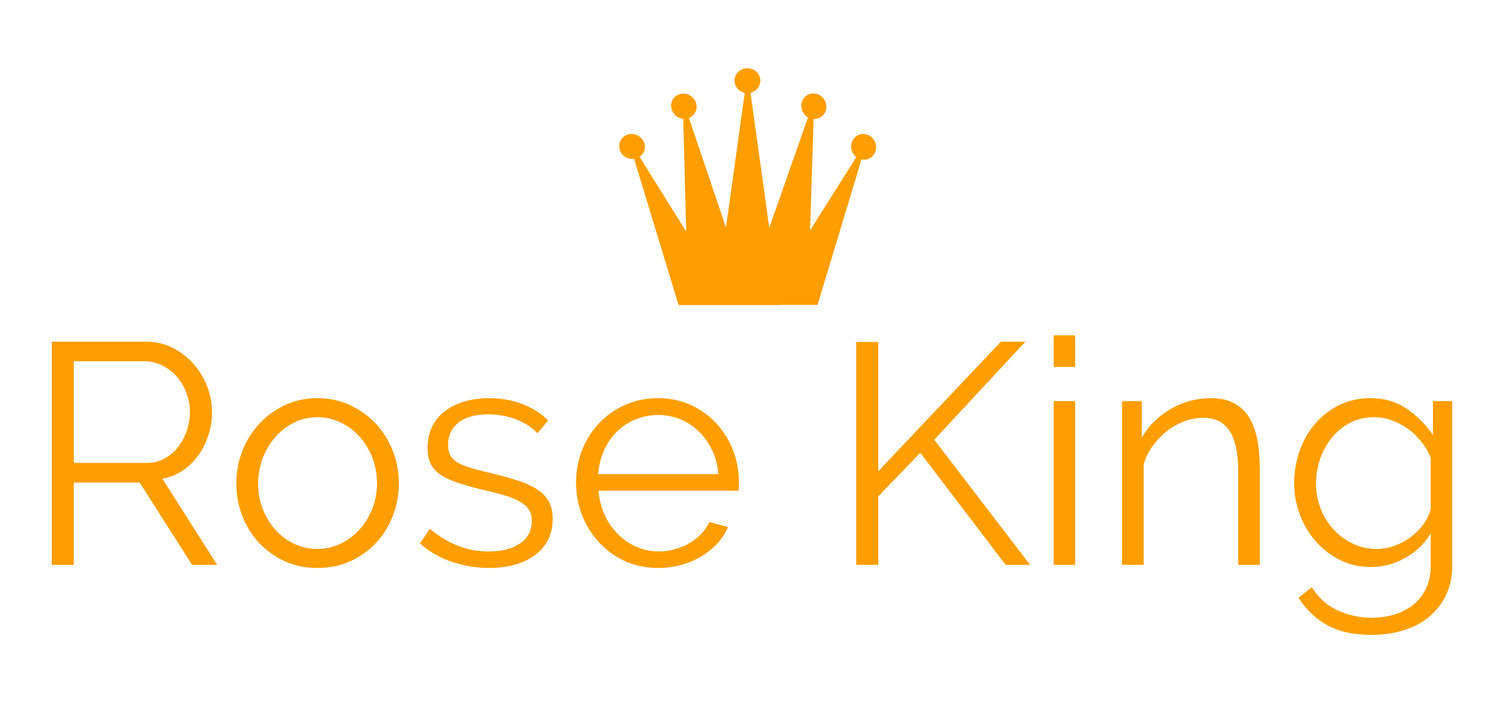Churchill said, “If you have an important point to make, don’t try to be subtle or clever. Use a pile driver. Hit the point once. Then come back and hit again. Then hit a third time – a tremendous whack.” [Photo Credit: Arthur Osipyan]
I love this quote by Churchill: “If you have an important point to make, don’t try to be subtle or clever. Use a pile driver. Hit the point once. Then come back and hit again. Then hit a third time – a tremendous whack.”
As a speechwriter, I often think of this quote when I’m talking with a client. The speaker, often a CEO, VP, or Executive Director, and I are usually sitting around a small, wooden table in his office. We’re discussing an upcoming speech and the conversation frequently ping pongs in a thousand directions – with at least as many ideas.
As the meeting begins to wrap up, I know my big moment is coming. I usually say something like this:
“All that’s great material. I’ll sort through it and figure out how to structure it, so we can build a persuasive argument. But just so I understand … what do you actually want them to remember? After you finish talking and the audience applauds, what is the single most important idea that you’re trying to convey here?”
I keep asking this same question in different ways. Pushing for a clear one-liner because the reality is this. It’s the only thing the audience is going to remember. At dinner that night, people aren’t going to recall the four points he made or the three stats he shared. If the speech was decent, they’ll remember one key idea.
What big speeches do we remember? There’s Churchill in 1940 saying, “we shall never surrender” and JFK in 1962 with, “we choose to go to the moon.” There’s Nixon’s Checkers speech about keeping his dog and Carter’s 1977 speech about the energy crisis (yo, put on a sweater). More recent examples? Who can forget Michelle Obama’s line, “When they go low, we go high” and Greta Thunberg’s shaming for the climate mess we’re leaving the next generation.
In the end, I believe every great speech is driven by a single, governing idea. So what does that mean for us?
The Take Away
The next time you’re preparing to give a talk, figure out the “money line.” I won’t kid you – it’s tough to capture in a few words. But once you do, you’ll have a governing principle that will organize the rest of the speech. You’ll preview the main message in the intro. You’ll gather different types of evidence to address it in the body of the speech. And if all goes well, you’ll restate it with conviction in the conclusion, driving it home, as Churchill suggests, with “a tremendous whack.”
###
Looking for more info on how to identify the main idea? Check out this blog on the “headline test” and reach out anytime. – Rose at rose@rosespeechwriter.com.

![Churchill said, “If you have an important point to make, don’t try to be subtle or clever. Use a pile driver. Hit the point once. Then come back and hit again. Then hit a third time – a tremendous whack.” [Photo Credit: Arthur Osipyan]](https://images.squarespace-cdn.com/content/v1/56b15eefb6aa6091b8ce7fc2/1571268101728-A6CXC1FA14ELOM0M5JZH/Image.jpg)